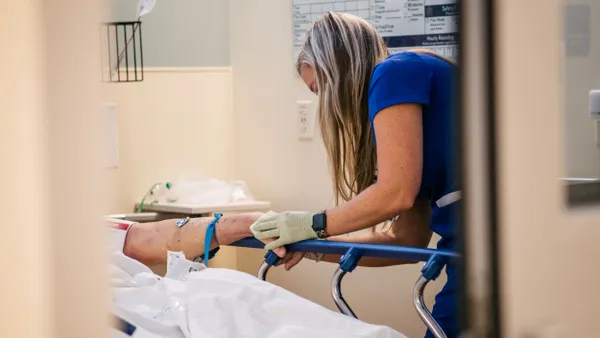Dive Brief:
-
Though telemedicine has achieved rapid growth, one critic notes that employers who simply add telemedicine to their programs without guidance or intent will not gain the savings that the format purports.
-
Writing at TLNT, Tom Valenti, founding partner of Forthright Health, points to a prominent research physician and researcher at Harvard, Ashish Jha, who has said that telemedicine does not save money. The data over time shows telemedicine often results in over-prescribing and unnecessary testing, which add to cost.
-
Valenti also cites a 2014 study that found the most common telemedicine calls (32%) are for sinusitis and colds, which require only “watchful waiting” to cure. Yet, a peer-reviewed study of primary care telemedicine demonstrated that physicians were much more likely to prescribe antibiotics for sinusitis and urinary tract infections during telemedicine visits than in-person visits.
Dive Insight:
According to Valenti, telemedicine's convenience actually is most beneficial to healthy people who simply have minor ailments. That's not the group driving high healthcare costs. Rather, he says, the data shows that 86% of healthcare cost is due to chronic disease. So for the nation, and employers, to cut healthcare costs, managing chronic conditions to limit high-cost events - heart attacks and strokes, for example - is the solution.
Telemedicine's legitimate impact (and money saving advantage) will only happen when patients and physicians have the freedom to form strong individual relationships with each other in whatever manner is best to achieve positive health outcomes, through face-to-face interaction, phone, email, text, video, or whatever new technology arrives on the scene, he added.
This analysis largely matches up with the overall concerns many employers have about telehealth. Some employers may have fears about employees getting the accurate, quality care they need — but many see it as an excellent alternative to going to the ER (for non-emergencies, of course) or doing nothing at all.










